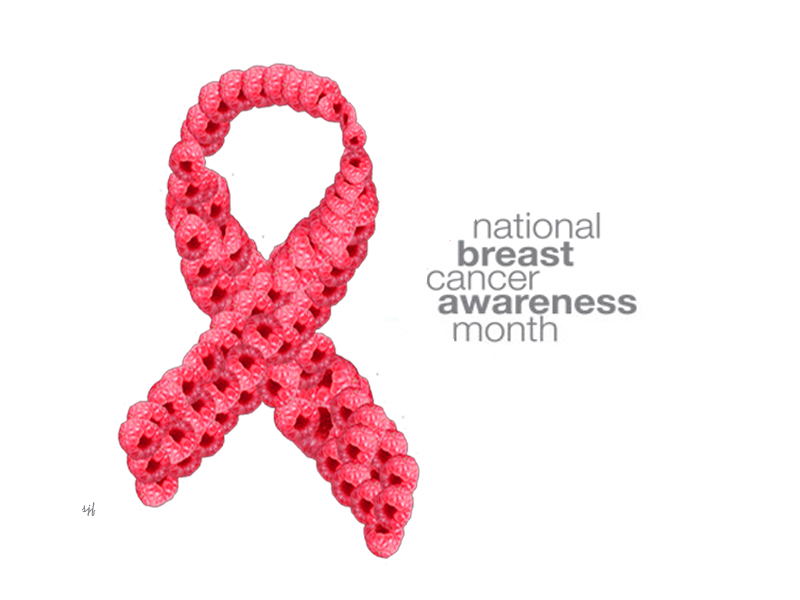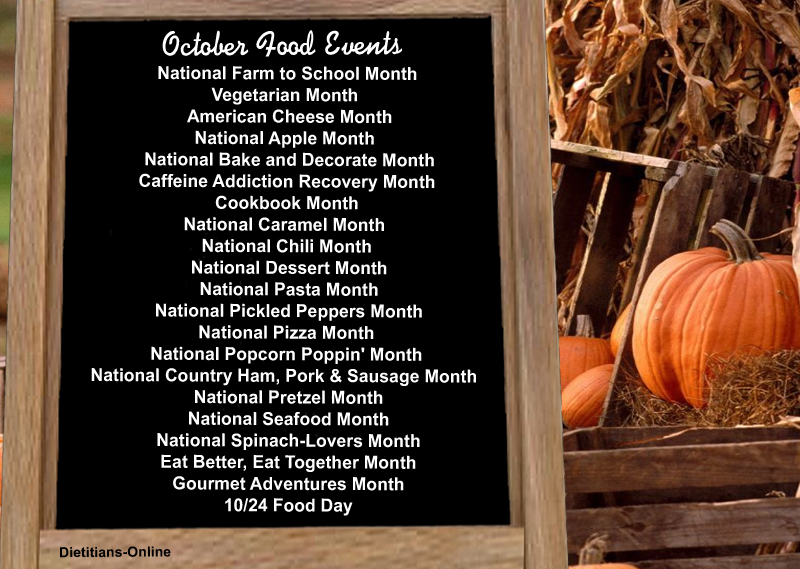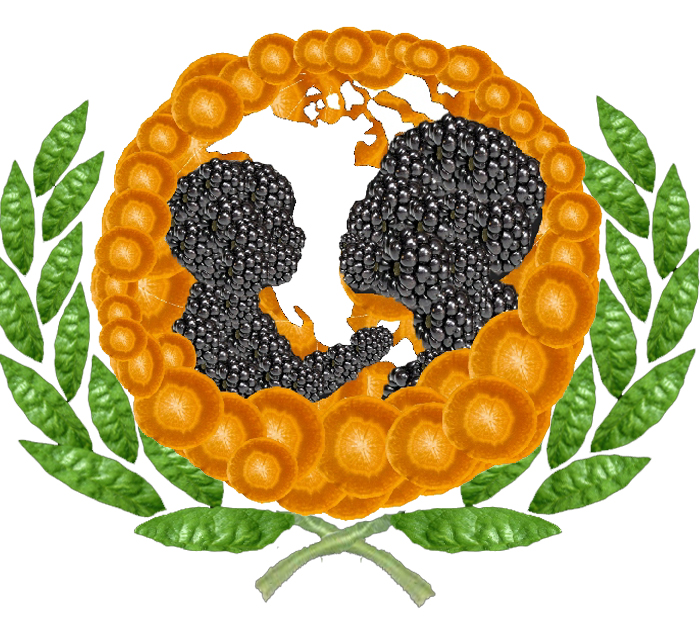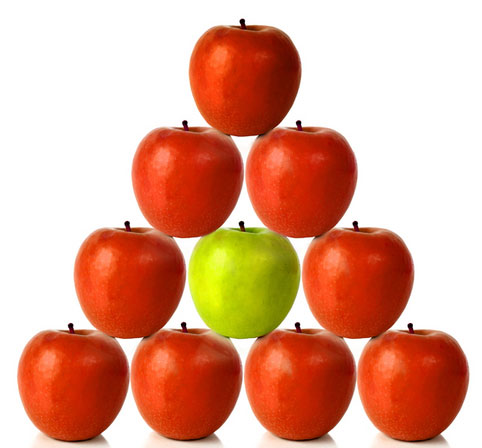This year’s World Mental Health Day comes at a time when our daily lives have changed considerably as a result of the COVID-19 pandemic. The past months have brought many challenges: for health-care workers, providing care in difficult circumstances, going to work fearful of bringing COVID-19 home with them; for students, adapting to taking classes from home, with little contact with teachers and friends, and anxious about their futures; for workers whose livelihoods are threatened; for the vast number of people caught in poverty or in fragile humanitarian settings with extremely limited protection from COVID-19; and for people with mental health conditions, many experiencing even greater social isolation than before. And this is to say nothing of managing the grief of losing a loved one, sometimes without being able to say goodbye.
The economic consequences of the pandemic are already being felt, as companies let staff go in an effort to save their businesses, or indeed shut down completely.
Given past experience of emergencies, it is expected that the need for mental health and psychosocial support will substantially increase in the coming months and years.
Investment in mental health programs at the national and international levels, which have already suffered from years of chronic underfunding, is now more important than it has ever been.
This is why the goal of this year’s World Mental Health Day campaign is increased investment in mental health.
Prevention begins with a better understanding
Much can be done to help build mental resilience from an early age to help prevent mental distress and illness among adolescents and young adults and to manage and recover from mental illness. Prevention begins with being aware of and understanding the early warning signs and symptoms of mental illness. Parents and teachers can help build life skills of children and adolescents to help them cope with everyday challenges at home and at school. Psychosocial support can be provided in schools and other community settings and of course training for health workers to enable them to detect and manage mental health disorders can be put in place, improved or expanded.
Investment by governments and the involvement of the social, health, and education sectors in comprehensive, integrated, evidence-based programs for the mental health of young people is essential. This investment should be linked to programs to raise awareness among adolescents and young adults of ways to look after their mental health and to help peers, parents, and teachers know how to support their friends, children, and students. This is the focus of this year’s World Mental Health Day.
This is why the goal of this year’s World Mental Health Day campaign is increased investment in mental health.
Prevention begins with a better understanding
Much can be done to help build mental resilience from an early age to help prevent mental distress and illness among adolescents and young adults and to manage and recover from mental illness. Prevention begins with being aware of and understanding the early warning signs and symptoms of mental illness. Parents and teachers can help build life skills of children and adolescents to help them cope with everyday challenges at home and at school. Psychosocial support can be provided in schools and other community settings and of course training for health workers to enable them to detect and manage mental health disorders can be put in place, improved or expanded.
Investment by governments and the involvement of the social, health, and education sectors in comprehensive, integrated, evidence-based programs for the mental health of young people is essential. This investment should be linked to programs to raise awareness among adolescents and young adults of ways to look after their mental health and to help peers, parents, and teachers know how to support their friends, children, and students. This is the focus of this year’s World Mental Health Day.
Eating disorders commonly emerge during adolescence and young adulthood. Most eating disorders affect females more commonly than males. Eating disorders such as anorexia nervosa, bulimia nervosa, and binge eating disorder are characterized by harmful eating behaviors such as restricting calories or binge eating. Anorexia and bulimia nervosa also include a preoccupation with food, body shape or weight, and behaviors such as excessive exercise or vomiting to compensate for calorie intake. People with anorexia nervosa have low body weight and a heightened fear of weight gain. People with binge eating disorder can experience feelings of distress, guilt, or self-disgust when binge eating. Eating disorders are detrimental to health and often co-exist with depression, anxiety, and/or substance misuse.
Understanding Nutrition, Depression and Mental Illnesses, T. S. Sathyanarayana Rao, M. R. Asha,1 B. N. Ramesh,2 and K. S. Jagannatha Rao2 (To review the entire article, click the following link.)
Nutrition and food patterns play a key role in the onset, severity, and duration of depression. These may include poor appetite, binge eating, overeating, anorexia, skipping meals, and a desire for sweet foods. Nutritional neuroscience is an emerging discipline shedding light on the fact that nutritional factors are intertwined with human cognition, behavior, and emotions.
The dietary intake pattern of the different populations throughout the world reflects they are often deficient in many nutrients, such as essential vitamins, minerals, and omega-3 fatty acids. Studies have indicated that daily supplements of vital nutrients are often effective in reducing patients' symptoms. Supplements containing amino acids have also been found to reduce symptoms, as they are converted to neurotransmitters, which in turn alleviate depression and other mental health problems. When we take a close look at the diet of depressed people, an interesting observation is that their nutrition is far from adequate. They make poor food choices and select foods that might actually contribute to depression.
The most common nutritional deficiencies seen in patients with mental disorders are omega-3–3 fatty acids, B vitamins, minerals, and amino acids that are precursors to neurotransmitters. Accumulating evidence from demographic studies indicates a link between high fish consumption and low incidence of mental disorders; this lower incidence rate is the direct result of omega-3–3 fatty acid intake. The majority of Asian diets are usually also lacking in fruits and vegetables, which further leads to mineral and vitamin deficiencies.
Carbohydrates have been found to affect mood and behavior. Eating a meal rich in carbohydrates activates the release of insulin in the body. Insulin helps let blood sugar into cells where it can be used for energy and the production of tryptophan to the brain. Consumption of diets low in carbohydrates tends to generate depression due to the lack of production of serotonin and tryptophan.
Protein intake affects brain functioning and mental health. Many of the neurotransmitters in the brain are made from amino acids. If there is a lack of amino acids, this can associate with low mood and aggression in patients. The excessive buildup of the amino acids phenylalanine may lead to brain damage and mental retardation this disease is called phenylketonuria.
As more resource is collected the relationship between nutrition and depression are unquestionably linked. Mood improvement has been associated with improved vitamin B2 and B6 status. Thiamine is linked to cognitive performance particularly in the older population. Clinical trials have indicated Vitamin B12 may delay the onset of signs of dementia.
A study observing patients with depression and low blood folate levels have identified a strong predisposing factor of poor outcome with antidepressant therapy. It is not clear yet whether poor nutrition, as a symptom of depression, causes folate deficiency or primary folate deficiency produces depression and its symptoms.
Another relationship between diet and depression involves old age. Related factors include unintentional weight loss; often linked to increased morbidity and premature death; a reduction in taste and smell, poor dentition, the use of medications that may depress the appetite.
A study observing patients with depression and low blood folate levels have identified a strong predisposing factor of poor outcome with antidepressant therapy. It is not clear yet whether poor nutrition, as a symptom of depression, causes folate deficiency or primary folate deficiency produces depression and its symptoms.
Another relationship between diet and depression involves old age. Related factors include unintentional weight loss; often linked to increased morbidity and premature death; a reduction in taste and smell, poor dentition, the use of medications that may depress the appetite.
Resources
1. World Mental Health Day, Theme: Mental Health is a Human Right. WHO
3. If you believe you suffer from depression or mental illness, seek help. Mental Health America
Call the 24-hour, toll-free, confidential National Suicide Prevention Lifeline at 1-800-273-TALK (8255) or go to www.suicidepreventionlifeline.org



























